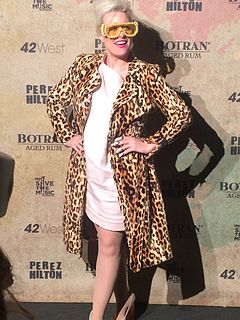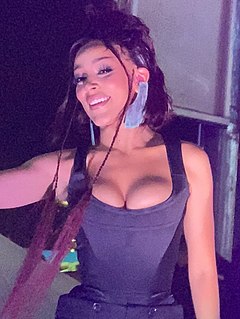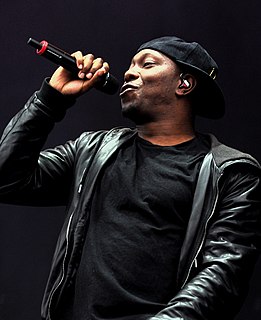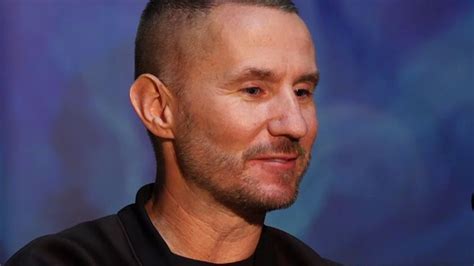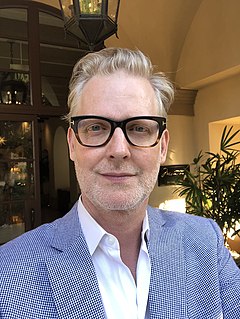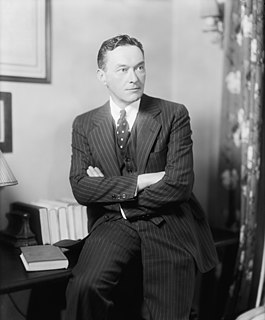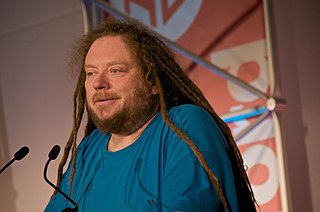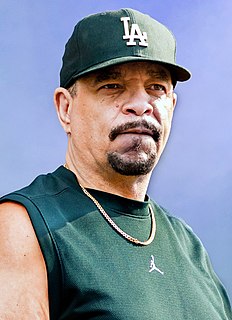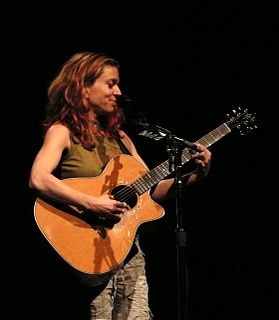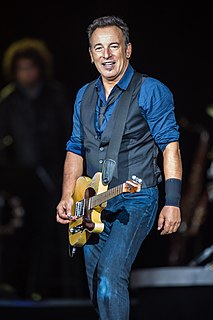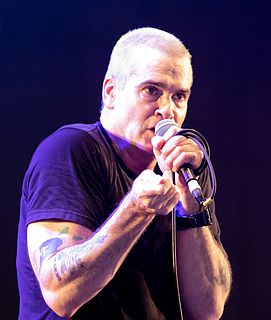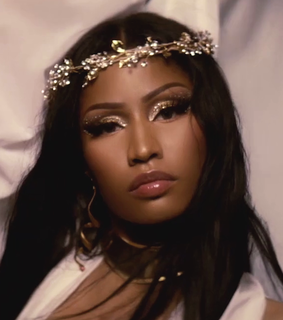A Quote by Tim Hecker
People still talk about sampling as this new, progressive problem in music. There are technologies now where you can glean the polyphonic information out of a sample and then put that back in and then score it for five instruments. You don't need digital audio to sample; you can rewrite things.
Related Quotes
Usually I will hear a sample, think of a theme and then it will take me a couple of days to write down some lyrics. Then I will decide that I hate those lyrics and rewrite. Then I will change all the music around. Then I will rewrite all the lyrics again. I am a bit of a perfectionist although you would never know it because all my songs are like chopped up and @#$%& up, but you see that's on purpose.
We're all about exploring new sounds, so we don't have any limits whatsoever about how we go about finding them. We do tend to sample human vocals or sample sounds, which allows you to create your own sound. That's not our only way obviously, but that's a way you can use a sound no one's used before; it's not a sound in the synth. There's a lot of that going on in our songs in general.
I definitely think the girls look too skinny now. I'm friends with models Helena Christensen and Linda Evangelista, and I remember Linda telling me that when she was a model in the nineties, a sample size was a 6 or an 8. Now a sample dress size is a 0 or a 2. That's pretty alarming. There's a lot of pressure on the models. It's not healthy. I can't even imagine what that's like.
I was sort of like a kid in a candy store, realizing it was fun making beats without the perceived burden that every track I did had to be a some progressive sample masterpiece. It was nice to blow off steam and work on those songs. For me, that’s what 'The Outsider' was about in general: forget everything, I’m just gonna follow my own music, and make the music I want to make.

